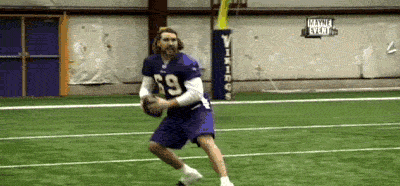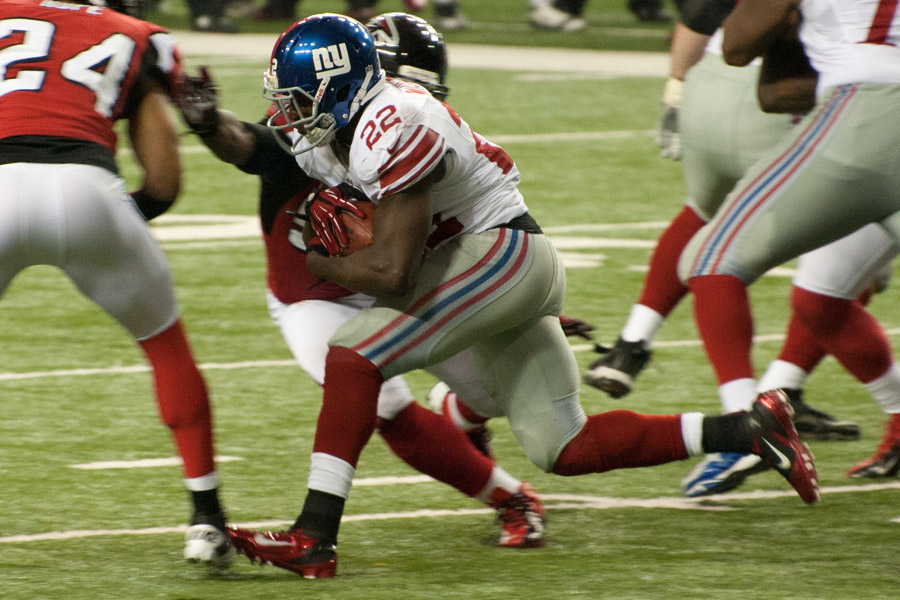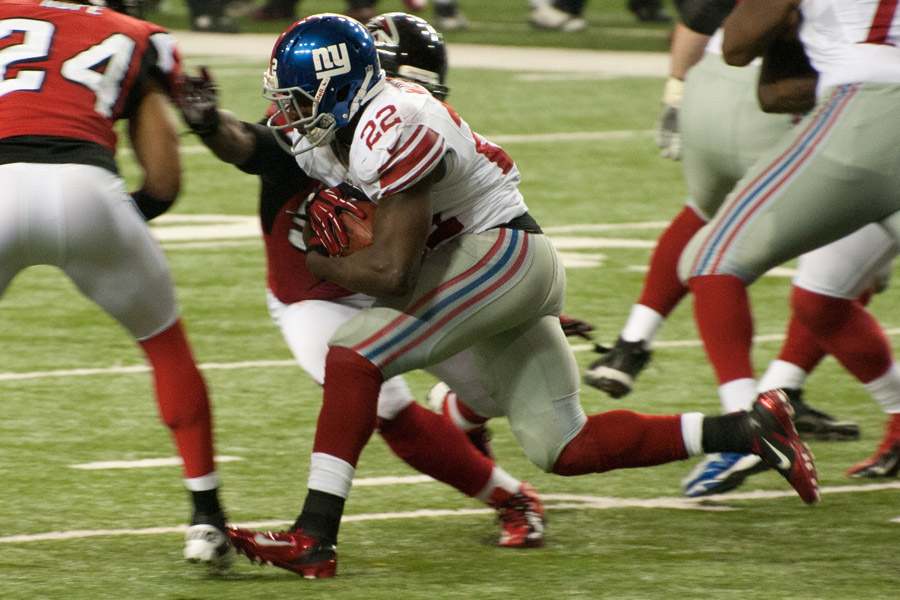Thank you for reading. If you are new to the blog, on Fridays I post links to content (football and otherwise) that I’ve read in recent weeks. You may not like everything I share, but you’ll like something. This week: Lions, Tigers, and Bears Living together; Black Sabbath; Unlocking The Truth; The Civil Wars; and cute and sadistic wildlife.
Listens – Unlocking The Truth
[youtube=http://youtu.be/BjMfdzjbl_Q]
Do you fellas . . .
Thanks
Busy week at the RSP Blog and everywhere else I’m writing. Thank you for reading. If you are new to the blog, on Fridays I post links to content (football and otherwise) that I’ve read in recent weeks. You may not like everything I share, but you’ll like something.
What to support this blog? Follow follow it and get email notices when I post something new. Better yet, feed your football knowledge and fantasy acumen and download the Rookie Scouting Portfolio. It’s a win-win-win. You get the most comprehensive analysis of rookie skill talent available from the guy who shows you why Russell Wilson was underrated, how Kenbrell Thompkins could make a team as an undrafted free agent, and why you shouldn’t have worried about Keenan Allen’s 40-time. In its eighth year of publication, 10 percent of each sale is donated to Darkness to Light, a charity created to prevent sexual abuse. Plus the more you support the RSP, the more I can provide long-term to this blog and improve what is already the most unbelievably detailed-insightful work on rookies prior to the draft that’s out there.
Thanks to everyone who is a regular reader, visitor, and listener of the content I’m providing on football. It’s a labor, but I enjoy it.
Coming Soon at the RSP Blog
- Futures At Football Outsiders: Bayor RB Lache Seastrunk.
- More analysis on Robert Griffin – What he’s doing well, where he can improve, and my thoughts on his future development.
- NFL Closeup: Safety T.J. Ward’s High Wire Act vs. Jamaal Charles.
Views: Marshawn Lynch E:60 Profile
[youtube=http://youtu.be/d3cWjT9lpZc]
Football Reads/Listens
- Trent Richardson and the Colts’ Offense – Ben Muth delivers insightful analysis about the relationship between runner-offensive line, using Richardson as the portrait.
- Clutch Encounters – Scott Kacsmar’s quality column at Football Outsiders. This week he talks about Matt Stafford among the other fine moments from Week 8.
- On The Couch Podcast – Insightful stuff from Scott Pianowski this week. Sigmund Bloom fosters a great environment for a more open discussion that goes deeper than normal fare.
- Misery Football Theater – The Gut Check profiles the Jason Campbell-Josh Gordon on-field relationship in Cleveland and looks at C.J. Anderson’s carries last weeks.
Listens
[youtube=http://www.youtube.com/watch?v=MZhIm-XtZIk&w=560&h=315]
Fun version of an seminal 1980s pop tune.
Non-Football Reads
- Eastern Penitentiary Haunted – Some of the historic instances of torture are horrific. Ah, “civilization”.
- Animals can be giant jerks – This isn’t safe for work, but it is compelling if you get sick of stories about the poor, innocent animals. I will say that I wish this infotainment piece had some data about the rate of incidents that they describe and perhaps compare it to humans. Now that would be insightful.
- This Tiger, Bear, and Lion aren’t jerks to each other – It’s a complex world we live in.
- Your meat is worse than ever – And Claire Leschin-Hoar doesn’t think there’s a damn thing you can do about it.
- Woman carries hurt pit bull down mountain side – Dog shot and left to die there, but she hoists the big fella into her arms and gets a one-hour workout to save its life and add to her family.
Listens
[youtube=http://youtu.be/sSRQCMq1gB8]
Is it just me or does a young Ozzy Osborne resemble the kid who played Danny in Kubrick’s version of The Shining? Sounds a lot like him, too – C’mon Ozzy, screech “Redrum! Redrum! Redrum!” a few times for us. Great tune.



































































